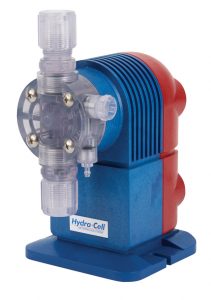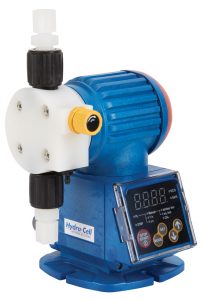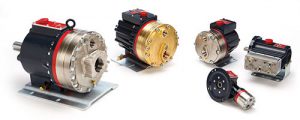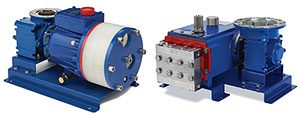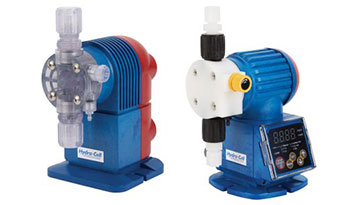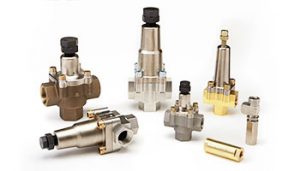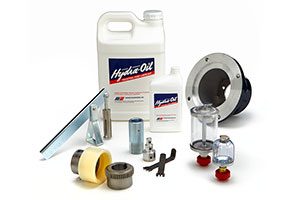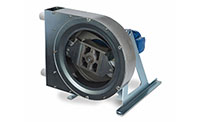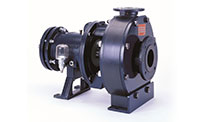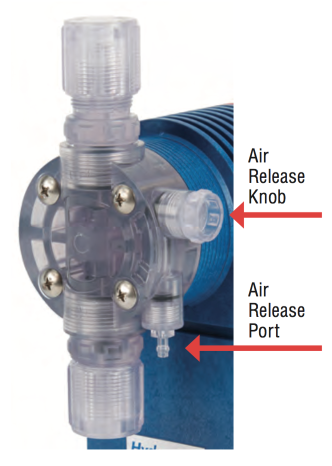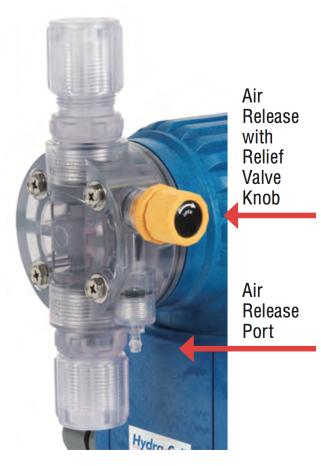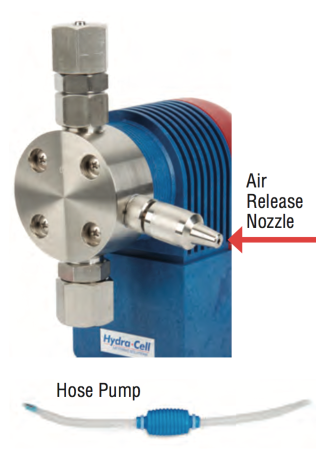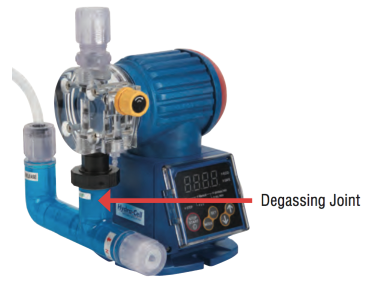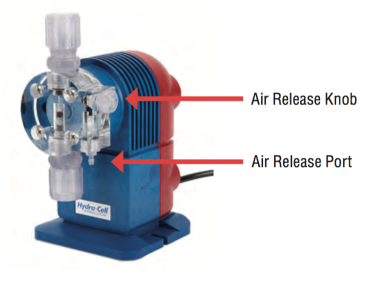They are ideal for low-flow, low-pressure requirements and will complement other Hydra-Cell Seal-less Pumps and Hydra-Cell Metering Solutions pumps in many different types of installations.
SM manual control units as well as SP/ST/SA pulse/analog control models offer up to 300 strokes per minute. Maximum flow rates range from up to 25 ml/min (0.40 gph / 1.5 lph) to 220 ml/min (3.49 gph /13.2 lph) depending on model.
Several materials of construction choices and various design options result in pumps ideal for specific applications including chemical injection, high-pressure boiler, high-viscosity fluids, outgassing fluids and more.

